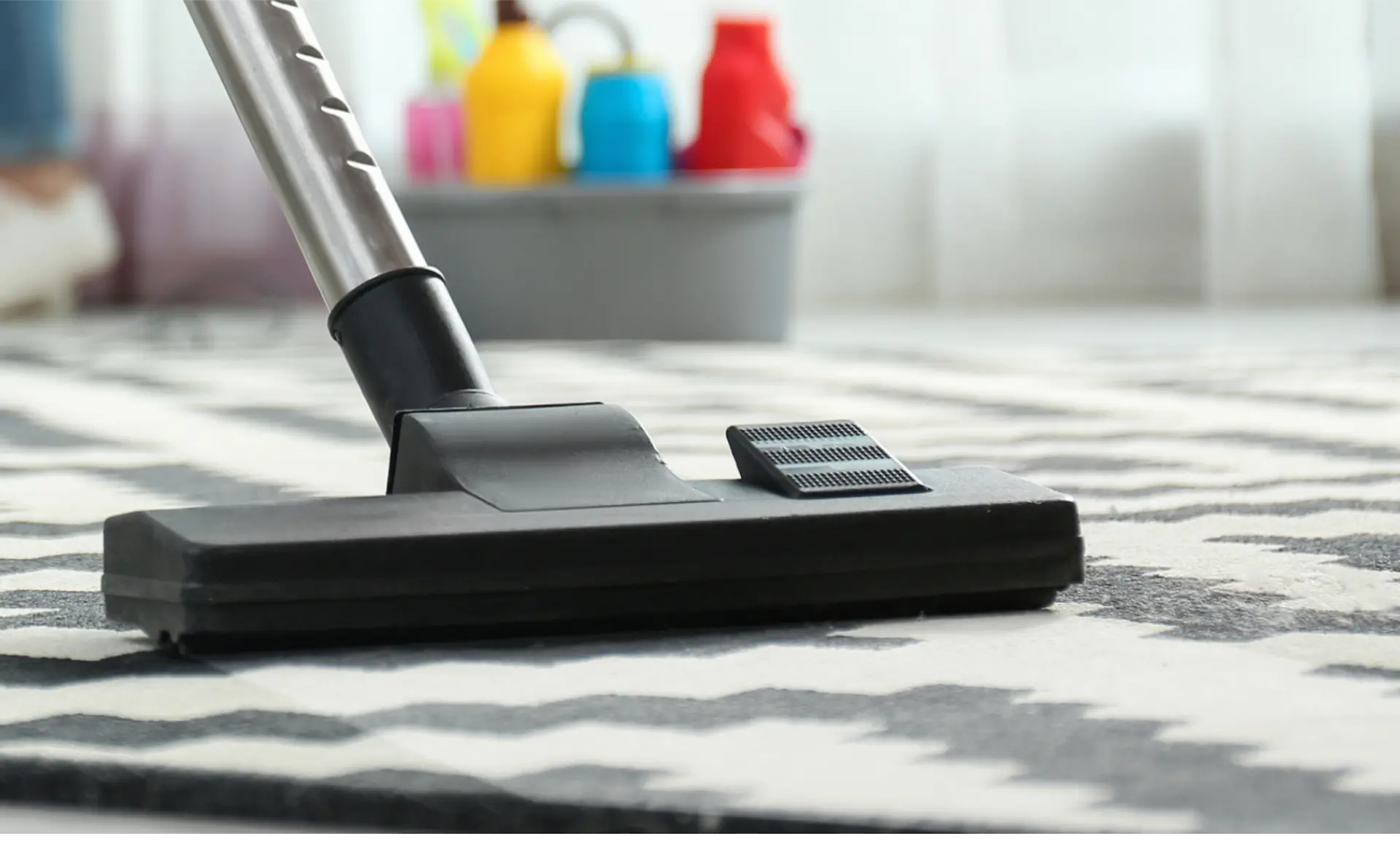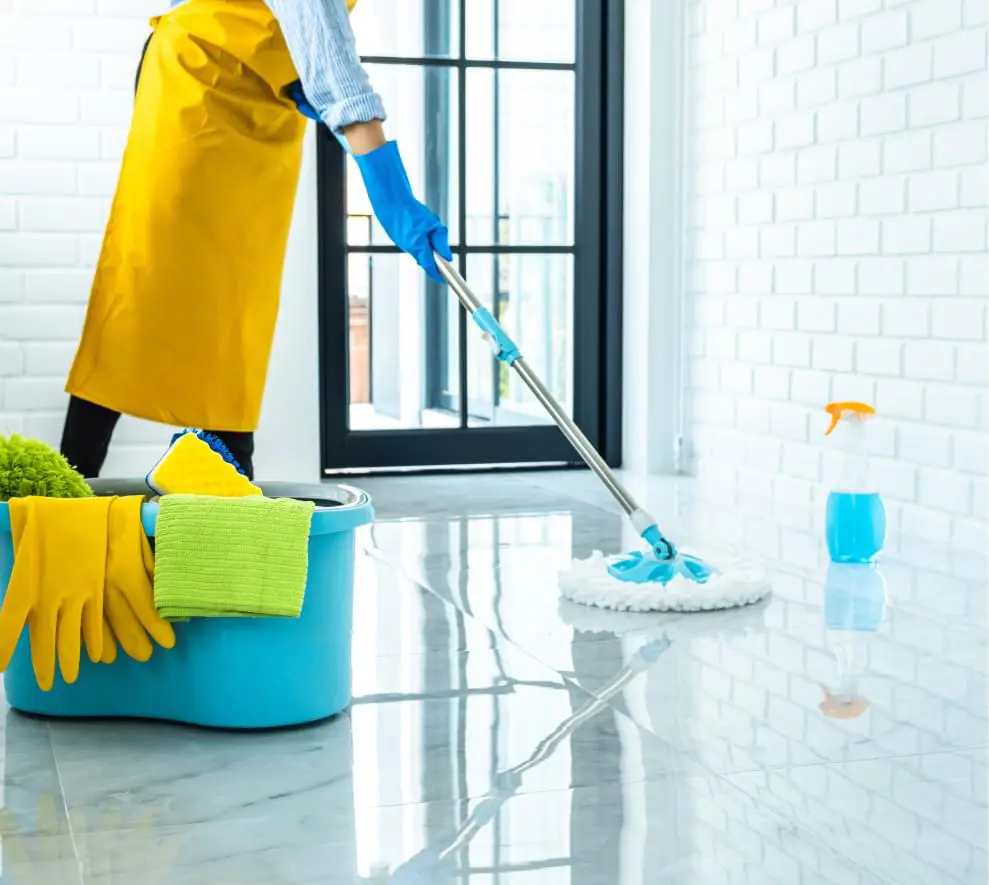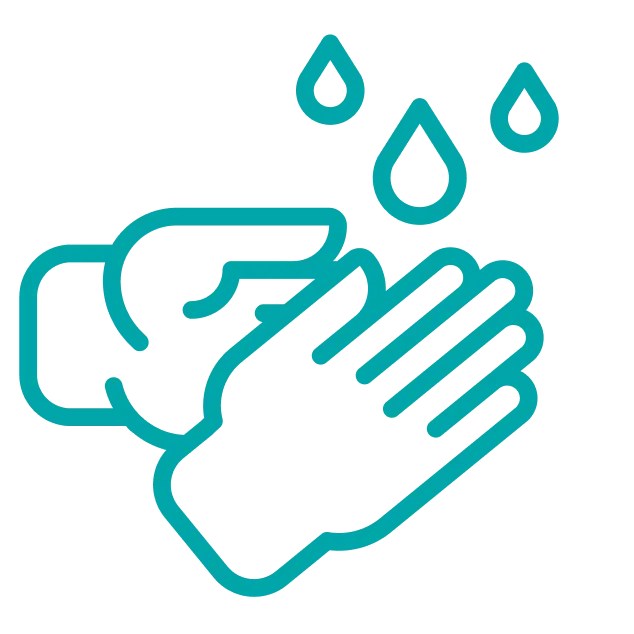




Quick Links:







To help reduce the chance of exposure, community members can practice routine cleaning of frequently touched surfaces with household cleaners and disinfectants that are appropriate for the surface, following label instructions.
Labels contain instructions for safe and effective use of the cleaning product, including precautions you should take during application. Examples are wearing gloves and making sure you have good ventilation during use of the product.

Refers to the removal of germs, dirt and impurities from surfaces. Cleaning does not kill germs, but by removing them, it lowers their numbers and the risk of spreading infections.
Refers to using chemicals to kill germs on surfaces. This process does not necessarily clean dirty surfaces or remove germs, but by killing germs on a surface after cleaning, it can further lower the risk of spreading infections.











Wear disposable gloves when cleaning and disinfecting surfaces. Gloves should be discarded after each cleaning.
If surfaces are dirty, they should be cleaned first by using a detergent or soap and water prior to disinfection.


For disinfection, diluted household bleach solutions, alcohol solutions with at least 60 percent alcohol and common household disinfectants can be effective.
For soft (porous) surfaces such as carpeted floors, rugs and drapes/curtains, remove visible contamination (if present) and clean with appropriate cleaners indicated for use on the surfaces. After cleaning:
